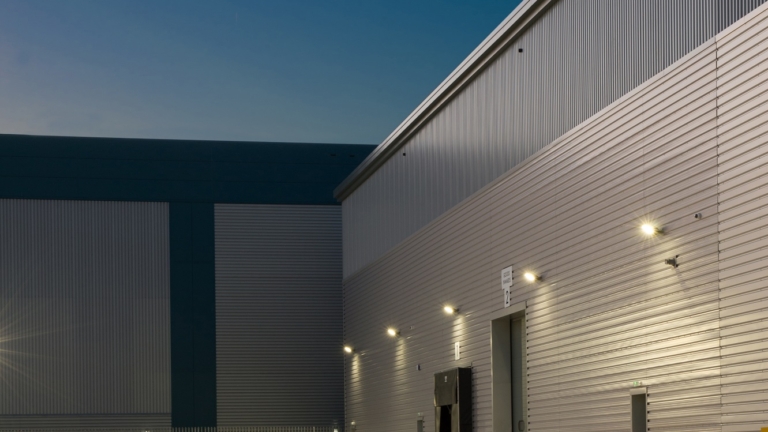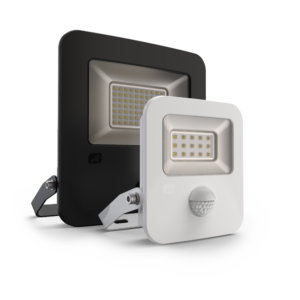
Products
We are a leading manufacturer of quality internal and external lighting products for commercial, industrial and retail applications.
View all productsProduct Types
Applications
At Ansell Lighting we design and manufacture an extensive range of luminaires for a diverse number of applications. Whatever the shape, purpose or style of your space, we have a lighting solution.
View all applicationsApplication Types
About
We are a leading manufacturer of quality internal and external lighting products for commercial, industrial and retail applications.
About overviewMore about us
Contact
We are here to answer any questions you may have, help you find a stockist or speak to a local member of our team.
Find out more
OCTO
OCTO delivers the complete smart lighting package to transform the efficiency and ambience of commercial and residential spaces.
OCTO overviewMore OCTO
Downloads
View and download our product catalogues, brochures and application guides. You can also search and download product datasheets, photometric and instructions.
Downloads available
Lighting Control sensors

The installation of lighting control within an application can provide significant benefits, not only in energy saving, but also in the continued specified performance and the economic life of the lighting fittings, however the use of such control need not add complication to the installation nor be an expensive addition in that simple and basic stand-alone lighting can provide the benefits required and three different forms of lighting control are offered below:
Photo Electric Cell Units (PECU’s) (or more commonly known as “Photocells”)) are basically a switch operating automatically based upon the amount of ambient light and their function is in two different operations, firstly, to switch the lighting on when the ambient lighting level falls below a given value and secondly, to switch the lighting off when the ambient lighting level rises above the given value. The ratio between the two levels of switch on and switch off is termed as the ‘switching ratio’ and there are different types of photocells which can be either operate on a fixed value or a variable value set by the operator. There are three main types of photocells, namely, Positive Ratio Photocells, Unity Ratio Photocells and Negative Ratio Photocells.
Positive Ratio Photocells operate where the switch on level is lower that the switch off level, where an example is switch on at 20Lux and switch off at 80Lux and this is said to have a switching ratio of 1:4. It should be noted that Positive Ratio Photocells can have significantly longer running hours than the Negative Ratio Photocells.
Unity Ratio Photocells operate where the switch on level is the same as the switch off level, where an example is switch on at 70Lux and switch off at 70Lux and this is said to have a switching ratio of 1:1.
Negative Ratio Photocells operate where the switch on level is higher that the switch off level, where an example is switch on at 70Lux and switch off at 35Lux and this is said to have a switching ratio of 1:0.5. These photocells are mainly used in streetlighting applications and provide additional energy saving in that they switch off earlier than Unity Ratio Photocells thus saving the local authority on energy usage.
When installing a photocell into an application, they will require a number of full cycle operations before becoming accurate as the time of operation is determined from cumulative light measurements at dusk and dawn over a number of nights and it is critical that all photocells remain continuously powered at all times as if the power is ever removed, it will take a number of days for it to re-synchronise and re-establish the correct timing. A Photocell requires the absence of daylight at a pre-determined level or operator set level to activate and they should never be installed in shaded areas where they cannot receive direct illumination. One point of worthy consideration is that many photocells include the benefit of a ‘passing cloud timer’, where they can decipher minimal changes in the ambient levels of illumination as that caused by clouds or intermittent shadowing. It should be noted that timing is not exact and a photocell does not compensate for changes in time due to daylight saving.
Microwave sensors operate by emitting a high frequency microwave beam over a designated area and when that beam is invaded by motion, a doppler shift occurs between the wavelengths of the emitted and received signals, which determines presence and then activates the lighting to be switched on. Microwave sensors are offered in two different versions, firstly ‘Monostatic’ where the sensor is contained within one unit and ‘Biostatic’ where the sensor is contained in two units, however for normal lighting installations the Monostatic units are normally used and they offer an ideal solution for external lighting applications as being smaller and in one unit makes for an easier installation into light fittings. They are not usually seen once installed therefore do not affect the aesthetics of the fitting, they can operate on a variety of light sources including LED, they do not require a hole to be cut into the luminaire, which can affect the ingress protection and they operate efficiently through the fitting diffuser.

Microwave sensors do have a number of issues worthy of consideration in that they cannot penetrate metal, therefore anything metal in the field of view may prevent detection of movement behind it, the sensors are able to penetrate through glass and solid walls which may result in unwanted detection caused by movement in adjacent spaces or from exterior movement and additionally the sensors are fairly sensitive resulting in activation without reason.
Passive Infra-Red Sensors (PIR) are electronic sensors which measure Infra-red light radiating from objects within the field of view and they work where infra-red radiation entering the segmented front sensor plate to the solid state sensor which when it detects changes in heat, energy is generated to activate the sensor. The first consideration is that a PIR sensor does not detect movement, rather it detects changes in temperature at a given point within the field of operation. If a person move across this field, this movement causes a change in temperature from that of the ambient space temperature to that of the person and back to ambient once the person has left that segment of the field of view. This rapid change in temperature activates the PIR to operate the lighting. It should be noted that a PIR will not activate when the ambient temperature of the area and temperature of the object (person) moving across the field of view is the same.

The majority of PIR Sensors utilise a Fresnel Lens to section the field of view into equally spaced segments. PIR Sensors come in a number of different types depending upon the application into which they are required to operate within, wall mounted for a wide field of coverage within a localised area of operation, ceiling mounted for all round coverage within a localised area of operation and long range with a more narrow field of coverage over long distances.
Installing one or more of the solutions above can offer a basic lighting control function with a saving in energy for little cost. If the lighting loads exceed the maximum switching loads of the sensor, then an externally based way of switching the lighting on should be implemented. Where unwanted activation occurs with sensors, a method could be to consider operating a system with a Dual Sensor which provides both a Microwave Sensor and a PIR Sensor operating in a single unit and where the operation of the lighting would only occur when both sensor types are activated at the same time allowing the lighting to be switched on.
You Might Also Be Interested In...


Mickle Hill Retirement Village
Subscribe to our newsletter
Get monthly news, tips, and new product updates delivered straight to your inbox.
Email addresses are never sold or given out to anybody. By subscribing, you agree to our Privacy Policy and Terms.